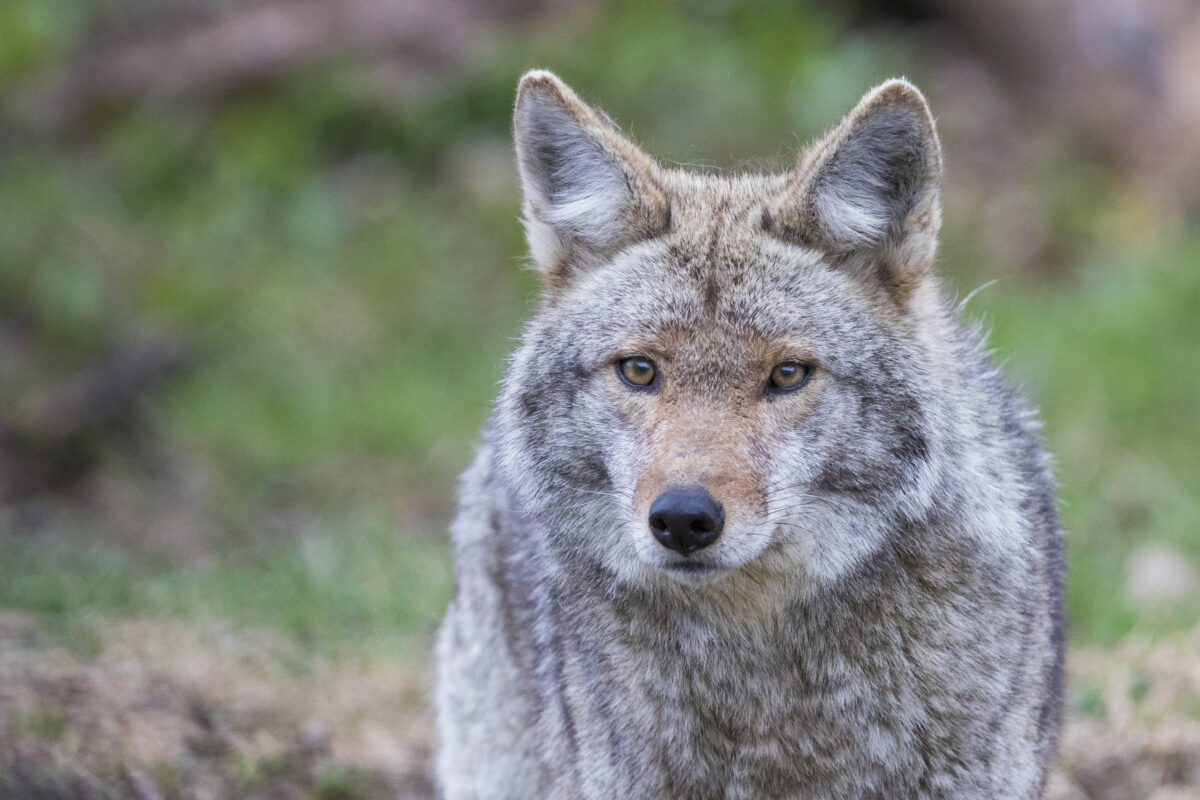
Photo by Mircea Costina
Residents are reporting more coyote sightings in the Greater Toronto Area as urban development encroaches on their natural habitat.
“I think overall the increase in coyote observations has mostly to do with increases in human density,” says Dr. Shelley M. Alexander, a geography professor at the University of Calgary.
Alexander is also known for her work with Project Coyote and Coyote Watch Canada.
Coyotes are known for their ability to adapt to new surroundings. Canadian residents have seen this multiple times as urban areas continue to expand. They will often take shelter in parks and golf courses or woody habitats. This is because cities provide an abundance of food, like rabbits and rats, which are the coyote’s natural prey.
“Coyotes are important in controlling small mammal populations and fill an important role in maintaining predator/prey balance,” said Morgan Kerekes, Media and Issues Advisor for the Ministry of Northern Development, Mines, Natural Resources and Forestry.
Coyotes in urban areas by Piers Giffin
Coyotes are naturally shy around humans and pets. They usually do what they can to avoid us. It is rare for a Coyote to go out of its way to attack a person or their pet. Many dogs that run off leash overstep their boundaries around Coyotes, which results in conflict.
The Canid Conservation Science Lab at UCalgary gathered 12 years of Canadian Print Media and studied coyote attacks across Canada on humans and pets. The study shows that 92.3% of medium to large-sized dogs that were attacked by Coyotes were off-leash and chasing the coyotes.
The same study found that fewer than three people per year were hurt by coyotes. Reports of coyotes coming near people usually imply that residents are leaving out scraps, deliberately or accidentally.
“If they’re approaching you, like directly approaching you front on, then that may signal they’ve been fed,” said Alexander.
Recently, Toronto issued a reminder to residents of Etobicoke to not feed the wild animals. This came after reports of food being left at a local park.
In November 2021, a Toronto resident intentionally left food out in the Jane and Dundas area. This was causing concern amongst the residents who saw an increase in coyote activity. Many people across the region share the same concern.
“Mostly the nervousness of them getting bold, and if you have something with you that looks appetizing or whatnot it’s potentially risky,” said Cheyenne Perez Isles, an Oakville resident.
Sadly, the outcome of increased coyote sightings is rarely positive. The more they are fed, the more comfortable they become. This could lead to more dangerous encounters with the animal. Unfortunately, this encounter usually ends in euthanization.
Death does not need to be their fate. There are ways people can coexist with them.
“Basic rules of coexistence is to learn about coyotes,” says Alexander.

Photo by Project Coyote
If you ever come across a coyote, never run away. Keep an eye on it, slowly back away and put a generous amount of space between you and the coyote. If approached, make yourself big and make loud noises.
There are many resources available to residents who want to educate themselves on how to coexist with coyotes. The City of Toronto offers an e-learning module available to the public.
Coyotes are a part of our delicate ecosystem, and it is our responsibility to educate ourselves on how to keep ourselves and the local wildlife safe.
The closer coyotes, and other wildlife, get to our homes, the more threatened we may feel. But we must remember that we pose a threat to them too.
